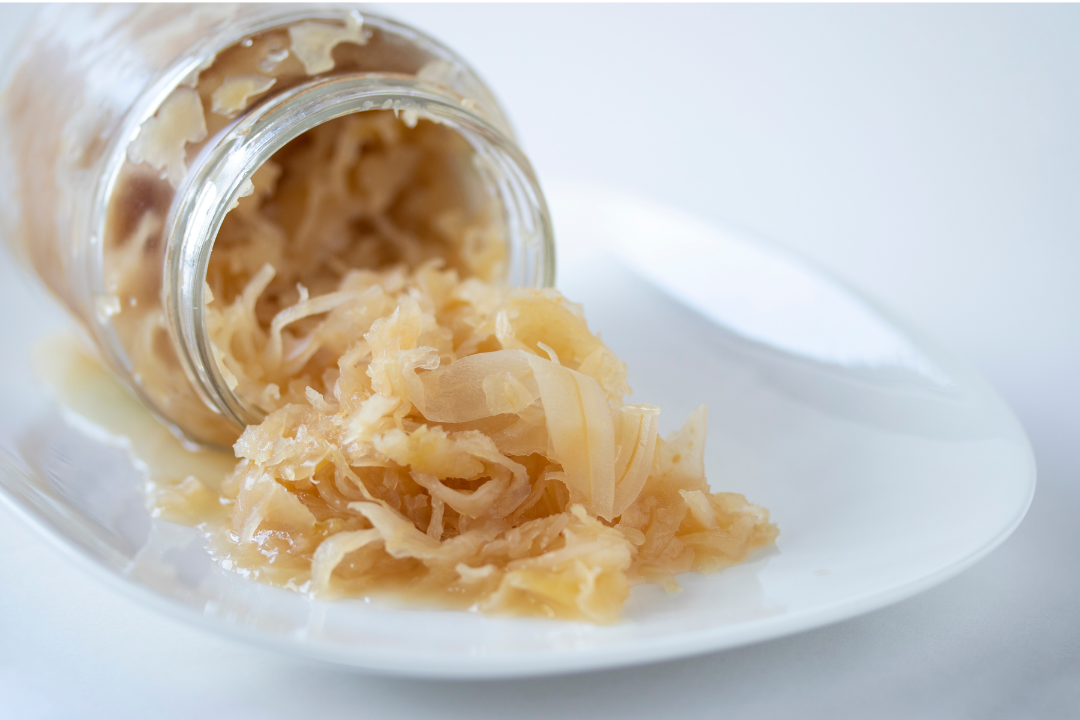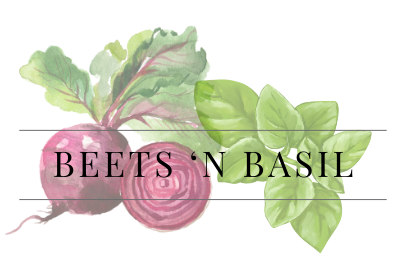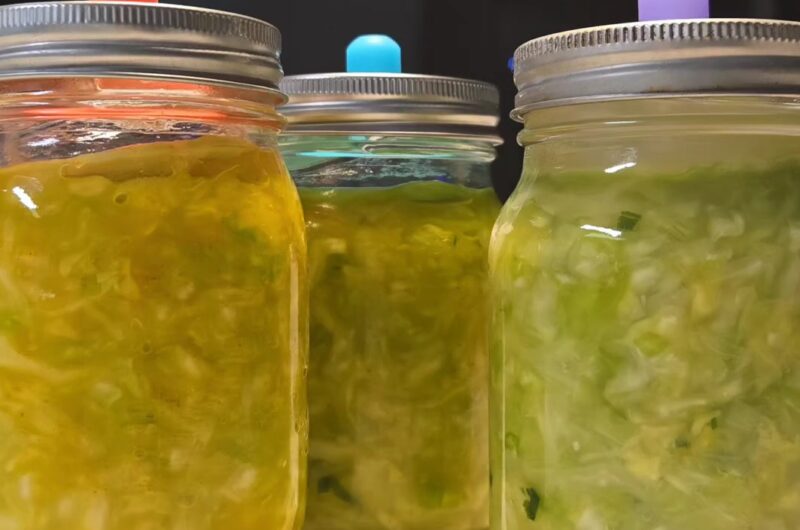
This post contains affiliate links, which means I may earn a small commission if you purchase through my links — at no extra cost to you. Thank you for supporting my blog!
Fermented foods have been around for centuries. Sauerkraut is thought to have been introduced to China around 200 BCE during the building of the Great Wall. It was originally fermented with white wine as a food source during the non-growing season. Genghis Khan then brought it to Europe about 1000 years later. When sauerkraut was introduced to Germany it became popular to ferment with salt. The Romans believed sauerkraut helped with digestion and prevented intestinal infections. Captain James Cook stocked his ships with sauerkraut to prevent scurvy among his crew. We now know the probiotics in sauerkraut supports gut health, boosts the immune system, and aids in digestion.
Benefits of Fermented Foods
- Probiotics: Fermented foods are rich in beneficial bacteria that support gut health, improve digestion, and enhance the immune system.
- Nutrient Absorption: The fermentation process can increase the bioavailability of nutrients, making it easier for your body to absorb vitamins and minerals.
- Digestive Health: Probiotics in fermented foods can help balance the gut microbiome, potentially alleviating issues like bloating, constipation, and diarrhea.
- Immune Support: A healthy gut microbiome plays a crucial role in maintaining a strong immune system.
Dry Salting vs. Brining
Dry salting involves massaging salt directly in to cabbage drawing out its natural juices, which makes the brine for fermentation. Brining is done by mixing salt and water to create the brine for fermentation. Either way you want to make sure you use enough salt and the cabbage is completely submerged in liquid for the duration of the fermentation process.
I’ve tried both dry salting and brining and I prefer the brining method because it ensures you’ll have enough liquid to keep your kraut submerged throughout the fermentation process. Fermented brine can be used as a starter for other recipes or in Probiotic Lemonade.
Why salt?
Salt plays a crucial role in fermenting for several reasons:
Inhibits harmful bacteria: Salt creates a brine that discourages the growth of harmful bacteria while allowing lactic acid bacteria, which are essential for fermentation, to thrive.
Draws out moisture: Salt pulls water out of the cabbage, which helps form the brine in which the cabbage ferments.
Preserves texture: Salt helps maintain the crispness of the cabbage by preventing it from becoming too soft during fermentation.
Fermentation Supplies
1. 32 oz (Quart) Mason Jar– Glass is ideal because it won’t react with the brine.
2. Fermentation Lid (Airlock Lid)– These are special lids designed to release CO₂ buildup while keeping oxygen out. This is the fermentation kit I use and I love it!
- Types include:
- Silicone Airlock Lids: Flexible, often with a one-way valve.
- Plastic Lids with Water Locks: Traditional airlock with a little water chamber.
- Pickle Pipe-Style Lids: Simple silicone lids with a slit that burps gas.
- Regular canning lids can work if left slightly loose, but airlocks are more reliable.
3. Fermentation Weight– Keeps cabbage submerged in brine to prevent mold.
- Options include:
- Glass weights made for mason jars
- Ceramic weights
4. Non-Iodized Salt– Sea salt, kosher salt, or pickling salt — avoid table salt with iodine or anti-caking agents.
5. Mixing Bowl & Measuring Scale– To weigh cabbage, water, and calculate salt percentage (aim for 2.5% by weight).
6. Sharp Knife or Mandoline- For thin, even slicing.
How to Store Sauerkraut
1. Taste Test– After 21 days or up to 28 days, taste your kraut. If it’s tangy enough for your liking, you’re ready to move to storage.
2. Transfer to the Fridge– You can leave it in the fermentation jar or transfer to a clean jar if you want. Keep the kraut submerged in brine even in the fridge — this keeps it from drying out and protects the good bacteria.
3. Tighten the Lid– Once fermentation is done, there’s no need to leave the lid loose or use the airlock. You can switch to a regular lid.
How long is sauerkraut good for?
- Fridge Life: Easily 4-6 months if kept submerged and clean.
Signs It’s Still Good:
- Tangy, pleasantly sour smell
- Crisp texture
- No mold, sliminess, or rotten odor
Signs to Toss It:
Off smells like rotting or yeastiness
Mold (fuzzy or colored growth on the surface)
Slimy cabbage
Make sure to weigh your ingredients in grams to ensure exact measurements. When fermenting it’s crucial to have proper salt content to ensure a successful ferment- ideally 2-3% of the total weight of your cabbage and water.
Ingredients
1 head of cabbage (about 500-600g)
Water- about 200g
Salt- 2.5% of the total weight (see instructions for an example)
Directions
- Remove outer leaves of cabbage, take one leaf and place the opening of a 32oz jar over the leaf and cut out a circle in the cabbage to use later. Slice the head of cabbage into thin shreds.
- Place cabbage in a bowl on a scale and write down the weight in grams. Add in 200g water. Be sure to tare/zero your scale with the bowl before adding each ingredient to ensure proper measurements.
- Take the total weight of the cabbage and water and multiply 2.5% and add that amount in salt (example: 500g cabbage+200g water=700g x 2.5%= 17.5g salt)
- Massage salt into cabbage and water mixture until the salt fully dissolved into a brine.
- Fill the 32oz jar with cabbage mixture and brine and place the circular cabbage cutout on top. Place a fermentation weight over the circle of cabbage and gently press down to ensure the brine covers everything.
- Seal jar with an airlock or fermentation lid and place in a cool spot away from direct sunlight. You can also use a regular mason jar lid and ring, just be sure to leave it loose to allow the gasses to escape. You may need to put the jar in a bowl for the first week or two to catch any spillage.
- Let the cabbage ferment for 21-28 days checking regularly to ensure everything is still submerged. If you are using a regular lid and ring you’ll need to burp the jar daily for the first week or two.
Notes
- “Kahm Yeast” – Harmless but Annoying
White, powdery film on brine (but not fuzzy) = likely kahm yeast.
It’s not dangerous, but it can give off flavors if left too long.
Skim it off if it shows up.

